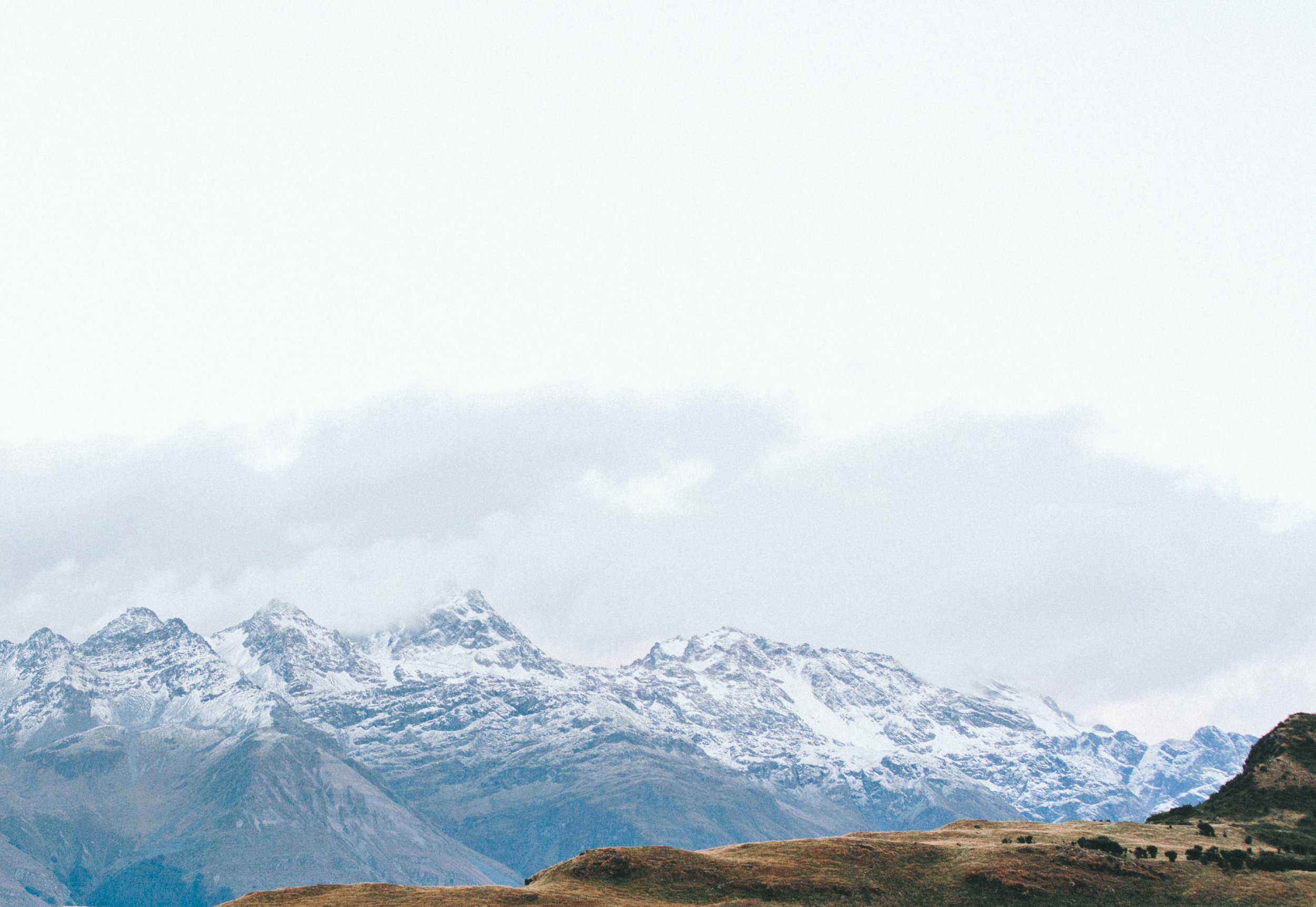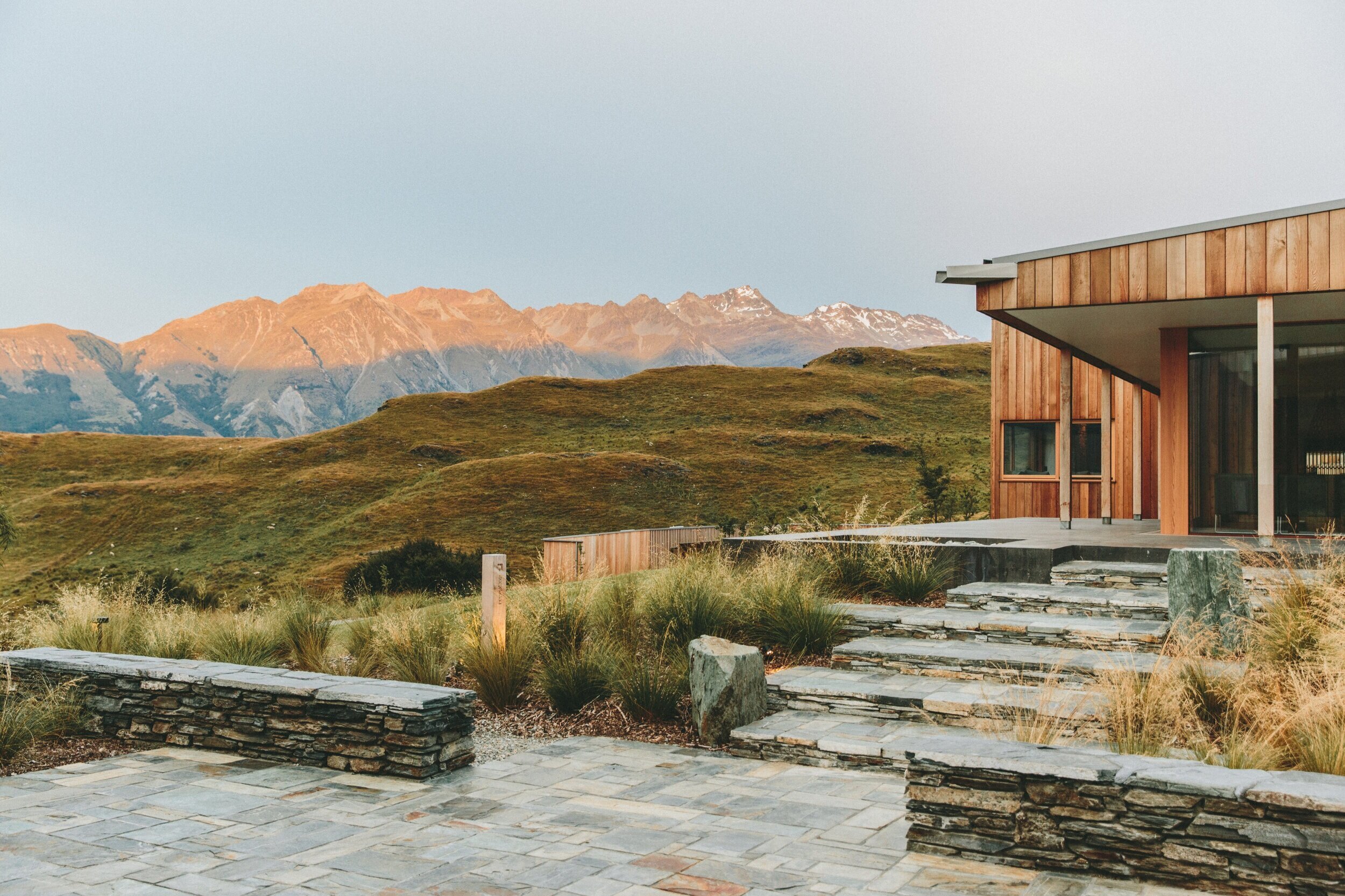
Take a minute to write an introduction that is short, sweet, and to the point.
Watershed
The lake is flanked by Zabarwan mountains to the east , Takht-e-Sulaiman or Shankaracharya hill to the south and Dachigam to the north east and the north west catchment in the mahadev peak stretches from the Hayan forest upti Hundoora which form its primary catchment aarea of 314 sq kilometres. The upper reachhes of the catchment have steep rocky slopes and the lower are somewhat fllat terraced with cllay/loam. habitatte d anf used for agrriculture. It is fed by several small streams and nallahs, Telbal nallah, a perennial mountain stream being the main source of water -and has around a hundred hot springs under the lake bed. The lake has two main outlets - Dalgaet through which its waters join the Jehlum river vis tsunth kul and the other is the nallah amir kkhan drining into anchar llake in the north west. The lake is shallow iwth an average dedpth fo 1.47 m and warm with temperatures ranging from 3.5 celcius to 30 degrees
The lake is subdivided into four basins from north to south - Hazratbal, Bod Dal, Nigeen (called ‘Sudar Khun’ in old maps), Lokut Dal, and Gagribal. Gagribak is the shallowest with a amxiiimum depth of 2.5 meters wherreas the Nigeen is the deepest with a depth of 6 metres. These zones are interconnected through waterways and in the Hazratbal and Bod Dal areas are two small islands with chinar trees called Rop Lank ans Son Lank. (Besided its different basins, the lake can be differentiated roughly into three zones - open water, marshy lands, inhabited and floating islands and houseboat area. The islands are inhabited by the lake dwelling community (known as ‘Haenz’- although the use of the term Haenz or Hanji might be considered derogatory), who cultivate the floating gardens or radh and artificiially constructed raised fields and lotus fields. THese are owned and managed by not only the market gardeners but also other communties whose members work iin other trades within the lake and onshore. The mineral rich water brought by the streams flowing into the dal makes the water— ground for hundreds of. submrerged and floatnig plant species and fish especially the inndigeneouus carp. The lakke is also - a priime spot for migratory birds—
The houuseboat zone - is where all the houseboats are moored- close to dalgate, and hotels along the shore makig it a prime tourist spot. these houseboats which were a modification of the traditionla doongas used byb the lake dwelling community as houses on the river jehlum,were constructed mainly for british officcers who wanted to escape the heat from the indian plains. Since owning land to non kashmiiris was not permitted these houseboats became their summer homes. organised tourism began roughly arond the lae nineteenth to early twntieth ccentury in Kahsmir which solidiifed—rvived the earlier accounts. of the trope of kashmir being paradiise on earth. But folllowing the disputes and volatile political landscape tourism has become—sporadic and only started to pick up again since 2019 with mainly indian tourists looking to spend time in houseboats on the lake.
Constructing the Landcape
The first noted mention of marked gardeners is in the Tarikh e Kashmir, written in 1620-21 by Haidar Malik Chadurah where he states that the most. famous vegetable gardens in the regiion were located around the city of Strinagar on the banks of Dal. On thiis basis it can be assumed that market gardeners have been cultivating vegetables on and around the Dal since at least the seventeenth century. Howver, there is no exact account of when and how these came to be.


